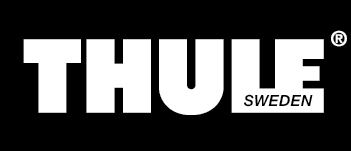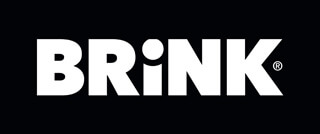Number Plates
Number plates (also known as licence plates) should show your vehicle registration number correctly. You can’t rearrange letters or numbers, or alter them so that they’re hard to read.
You could be fined up to £1,000 and your car will fail its MOT test if you drive with incorrectly displayed number plates - make bold
The current vehicle registration number format was introduced in 2001. It consists of:
- 2 letters (these refer to the region in the country where your vehicle was first registered)
- 2 numbers (these tell you when it was issued)
- 3 letters chosen at random
You can get theft-resistant number plates - these make it harder for someone to remove them from your vehicle quickly and reuse them. Ask your local car dealer or registered number plate supplier for more information.
Rules for number plates
Your number plates should:
- be made from a reflective material
- display black characters on a white background (front plate)
- display black characters on a yellow background (rear plate)
- not have a background pattern
Characters on a number plate can be 3D.
If you ride a motorbike or motor tricycle
Motorcycles and motor tricycles registered on or after 1 September 2001 must only display a number plate at the rear of the vehicle.
If you ride a motorbike or motor tricycle registered before 1 September 2001 you can also display a number plate at the front, but you don’t have to.
Motorcycle and motor tricycle number plate numbers should be on 2 lines.
Towing a trailer
Your trailer must display the same number plate as the car you’re towing it with. If you’re towing more than one trailer, the number plate must be fixed to the trailer at the back.
Letter spacing, size and style
The characters on a number plate need to be a certain height and size.
Read leaflet INF104: vehicle registration numbers and number plates - height and size measurement, for more information.
Getting number plates made up
You can only get a number plate made up from a registered number plate supplier.
The supplier will need to see original documents that:
- prove your name and address
- show you’re allowed to use the registration number
Identity documents
You can use the following to confirm your name and address:
- driving licence
- utility, Council Tax or rates bill from the last 6 months
- bank or building society statement from the last 6 months
- national identity card
The following will confirm your name only:
- passport - doesn’t have to be issued in the UK
- bank or building society debit or credit card
- police warrant card
- armed forces identity card
Proving you can use the registration number
You must bring one of the following to show you’re allowed to display the registration number:
- vehicle registration certificate (V5C or V5CNI)
- new keeper supplement (V5C/2 or V5C/2NI)
- certificate of entitlement (V750 or V750NI) to the number
- retention document (V778)
- a renewal reminder for vehicle tax or SORN (V11 or V11NI)
- temporary registration certificate (V379 or V379NI)
- a number plate authorisation certificate (V948) with an official stamp from the Driver and Vehicle Licensing Agency (DVLA) or Driver and Vehicle Standards Agency (DVSA)
- an electronic number plate authorisation certificate (eV948)
- a letter of authorisation from a fleet operator (including lease or hire company) quoting the document reference number from the registration certificate
- if your fleet is in the new V5C on demand scheme (also called ‘V5C suppression’), a PDF of the vehicle’s details from the vehicle record service
Flags, symbols and identifiers
Flags and national identifying letters
You can display one of the following flags with identifying letters on the left-hand side of the number plate:
- Union Flag
- Cross of St George
- Cross of St Andrew - also known as the Saltire
- Red Dragon of Wales
The letters, or national identifiers, you can have are:
- GREAT BRITAIN, Great Britain or GB
- UNITED KINGDOM, United Kingdom or UK
- CYMRU, Cymru, CYM or Cym
- ENGLAND, England, ENG, Eng
- SCOTLAND, Scotland, SCO or Sco
- WALES or Wales
You’ll still need a GB sticker when travelling in Europe if you display one of these national flags and identifiers.
The flag must be above the identifier. You can’t have the flag or letters on the number plate margin, and neither can be more than 50 millimetres wide.
Euro symbol
If you display the Euro symbol and Great Britain (GB) national identifier on your number plate, then you won’t need a separate GB sticker when travelling within the European Union.
The Euro symbol must:
- be a minimum height of 98mm
- have a width between 40 and 50mm
- have a reflective blue background with 12 reflecting yellow stars at the top
- show the member state (GB) in reflecting white or yellow
Information is from GOV.UK












